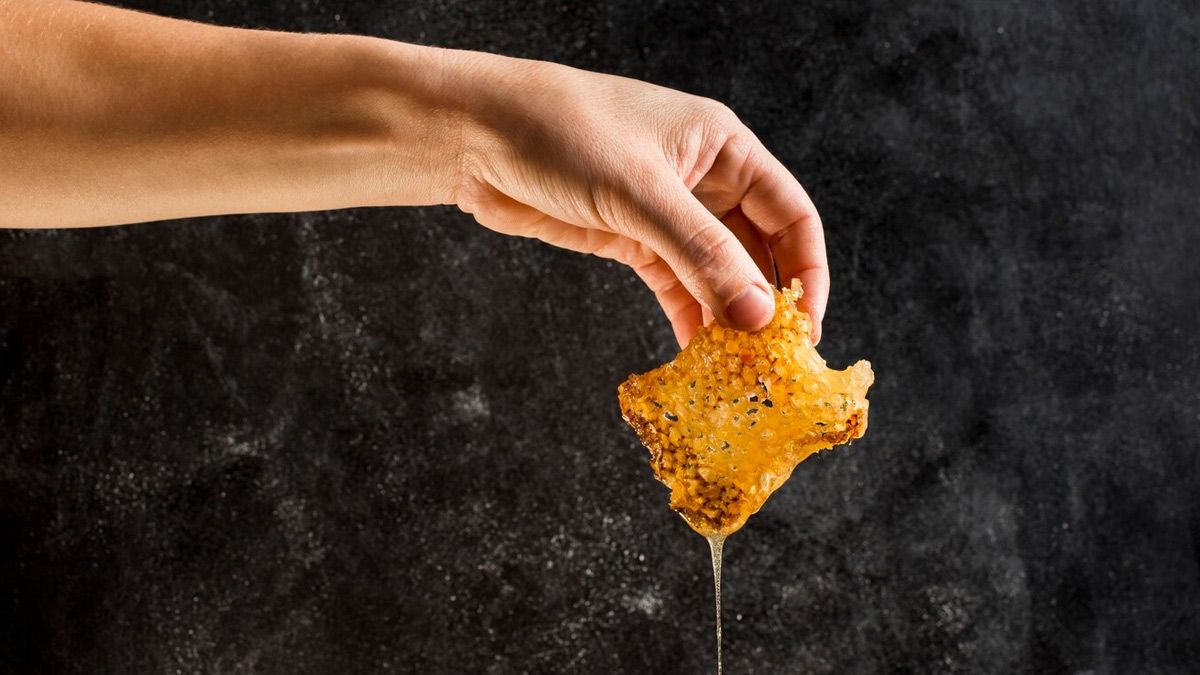
Honey isn’t just a sweet treat—it’s been used for centuries to heal burns, cuts, and wounds. But does modern science back this ancient remedy? An expert explains how honey’s unique properties fight infections and speed up healing. While raw honey carries risks, medical-grade honey is gaining recognition for its antibacterial power. Let’s explore how honey works, when to use it, and what science says about its role in wound care.
Table of Content:-
Why Honey Works?
View this post on Instagram
Dr Santhosh Jacob, HOD of Obesity Management and Exercise Medicine, Ageless Fitness, Chennai, confirms honey’s healing potential but stresses caution: “Medical-grade honey has research showing it helps heal superficial burns and shallow wounds. But deep or bleeding wounds need professional care.” He breaks down why honey works:
- Hydrogen Peroxide: “When honey touches wound fluids, it releases hydrogen peroxide, a natural bacteria killer.”
- Acidic pH: “Honey’s low pH (3.2–4.5) creates an acidic environment that stops bacteria from growing.”
- Methylglyoxal (MGO): “Medical-grade honey has high MGO levels, boosting its antibacterial power.”
The Risks of Raw Honey

While honey has benefits, Dr Jacob warns: “Raw honey can contain Clostridium spores, which cause wound botulism—a dangerous infection. Always use medical-grade honey for safety.”
How to Use Honey for Wounds: A Step-by-Step Guide
Follow Dr Jacob’s tips for safe application:
- Choose Medical-Grade Honey: Look for labels like “UMF 10+” or “Manuka honey” (known for high MGO).
- Clean the Wound First: Rinse with mild soap and water or saline.
- Apply a Thin Layer: Use a sterile spatula or gauze to spread honey over the wound.
- Cover with a Dressing: Secure with a sterile bandage to keep dirt out.
- Change Dressings Daily: Replace if soaked or dirty.
- Watch for Infection: Redness, swelling, pus, or increased pain? See a doctor.
Dr Jacob’s Warning: “Never use raw honey from your kitchen! It’s not sterile and risks infection.”
ALSO READ: What Happens to Your Body When You Stop Snacking? Nutritionist Shares Tips To Adjust Hunger
What Science Says About Honey
A cochrane review analysed 26 studies and found:
- Honey heals minor burns and shallow cuts faster than some standard dressings.
- It’s not effective for deep wounds (e.g., surgical or infected wounds).
- Medical-grade honey reduces infection risk due to its antibacterial properties.
When to Avoid Honey
-1741000089916.jpg)
- Deep wounds: Penetrate muscle, bone, or joints.
- Diabetic wounds: Require specialised care.
- Allergies: Rare, but some people react to bee products.
Expert Advice: “For serious injuries, skip home remedies. Go to a doctor immediately.”
Honey vs Modern Antibiotics: Which is Better?
Honey isn’t a replacement for antibiotics but can complement treatment. Dr Jacob explains: “Honey works best for minor wounds. For severe infections, antibiotics are still essential.”
Pro Tip: Keep medical-grade honey in your first-aid kit for small cuts or burns.
ALSO READ: Expert Shares 20x Benefits of Combining Turmeric and Black Pepper for Enhanced Health Benefits
Conclusion
Honey, especially medical-grade varieties like Manuka, can be a safe, natural option for minor burns and shallow wounds. Its antibacterial properties—hydrogen peroxide, acidity, and MGO—help fight infections and speed healing. Always prioritise safety. Use sterile honey, watch for infections, and consult a doctor for serious wounds. Ready to give honey a try? Keep it in your first-aid kit—but remember, it’s no substitute for professional medical care.
Also watch this video
How we keep this article up to date:
We work with experts and keep a close eye on the latest in health and wellness. Whenever there is a new research or helpful information, we update our articles with accurate and useful advice.
Current Version
